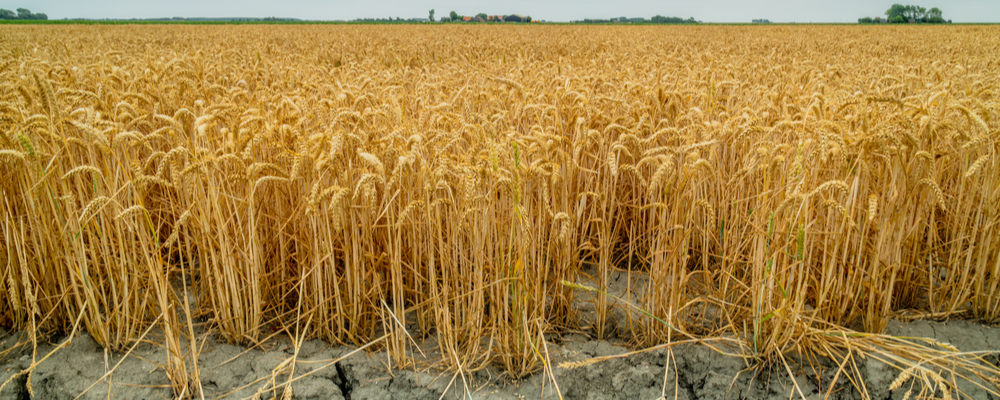
In a world of ever intensifying weather extremes, it is perhaps unsurprising that a different kind of drought is starting to emerge more often—one that begins or intensifies rapidly, is generally accompanied by elements such as extreme heat or low soil moisture, and has broad ranging impacts across multiple sectors.
Such droughts have been termed “flash droughts,” but questions still remain: What are the indicators and duration of flash drought? Can it be predicted with accuracy? Should it even be called that?
The National Integrated Drought Information System (NIDIS) recently held a virtual workshop for experts and other stakeholders to try to discern a useful definition of flash drought and determine what tools and research are needed for monitoring, prediction, planning, response, and communication. During three days of vigorous discussion, workshop attendees parsed out many questions about what flash drought is and isn’t and why we should care.
Although the term flash drought might seem to indicate a drought that is similar to a flash flood—with impacts that build and then dissipate suddenly—it is only the intensification of flash drought that is sudden. A flash drought can move quickly from near-normal conditions to drought or it can manifest as a suddenly more acute expression of factors during an existing drought. Either way, the scenario will have repercussions for agriculture, forest and wildfire ecology, and other industries that pay close attention to such indicators.
Although the terminology is important—especially since even typical drought is a difficult concept for the general public to fully understand—those who attended the Workshop were largely focused on setting the parameters of what constitutes flash drought so that it can be more consistently tracked, addressed, and communicated. There was general consensus that the following was needed:
Monitoring. To more efficiently monitor flash droughts, attendees called for defined flash drought standards, indicators that would elucidate impacts, increased in situ and satellite monitoring, and a nationwide climatology for flash droughts.
Prediction. If drought experts are to be able to give advance warning of this type of drought, predictors (such as extreme heat or low precipitation) will need to be developed to give weeks to months of lead time for end users. Additionally, those at the workshop saw the need for advanced land surface models, indices for forecasts, and more research on the limits of flash drought predictability and the length of duration.
Planning and Response. Rangeland and forest managers, farmers, wildfire authorities, emergency managers, and crisis communicators need to know when a rapidly intensifying drought might upend their careful planning. In recognition of this, attendees wanted to see sector-specific prediction and projections, tools developed for state and local response, a quantitative storyline to better communicate impacts, and further research on a number of social impacts, such as if flash drought response is different than typical drought response and best communication practices.
For all the esoteric and philosophical nature of conversations about what flash drought is, the drought community recognized the tangible problems associated with rapidly emerging drought conditions. Issues stemming from these conditions impact every area of society—they can cause the foundations of homes to crack and crumble, disrupt public water systems and utilities, ravage tourism industries, and impact waterway transport. They drove factors that led to the 2016 fires in Gatlinburg, Tennessee, and 2019 water shortages in Georgia. And despite the severe impacts, the duration of flash droughts might not be long enough for states to access disaster response funds or for agricultural insurance to pay out.
The proceedings of the Flash Drought Workshop are available on the NIDIS drought.gov website. Until then, NIDIS has a wealth of information related to flash drought impacts and planning for those interested in learning more.
Jolie Breeden is the lead editor and science communicator for Natural Hazards Center publications. She writes and edits for Research Counts; the Quick Response, Mitigation Matters, Public Health, and Weather Ready Research Award report series; as well as for special projects and publications. Breeden graduated summa cum laude from the University of Colorado Boulder with a bachelor’s degree in journalism.